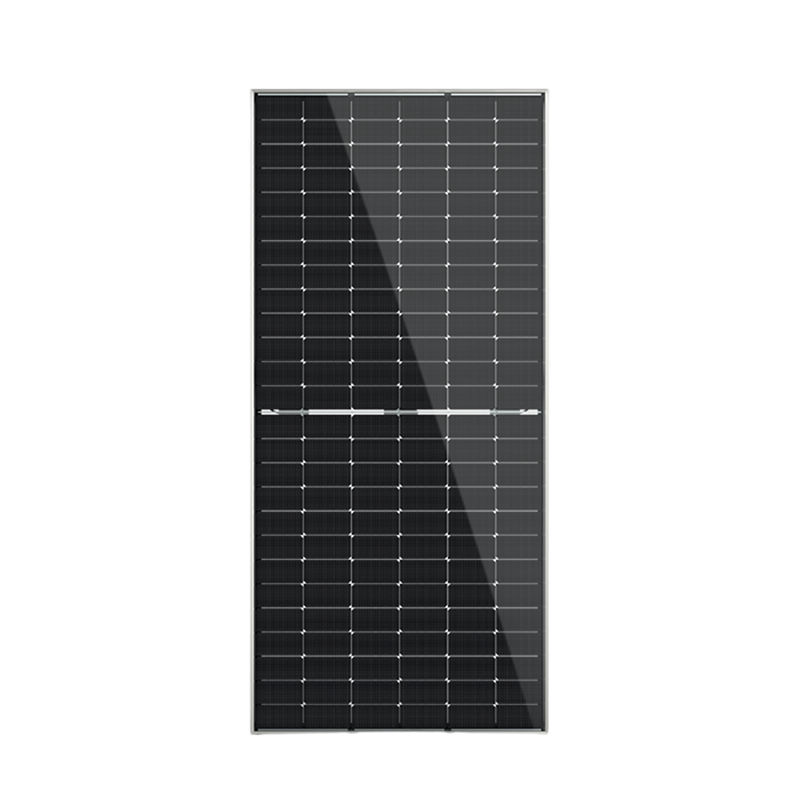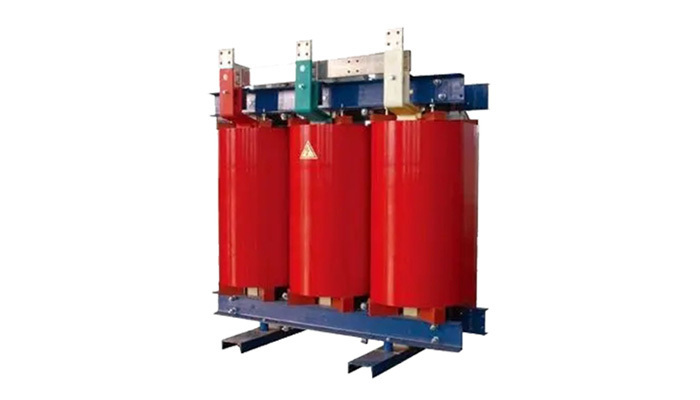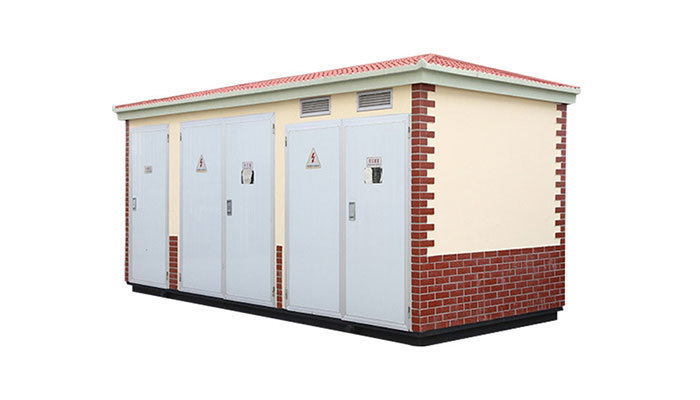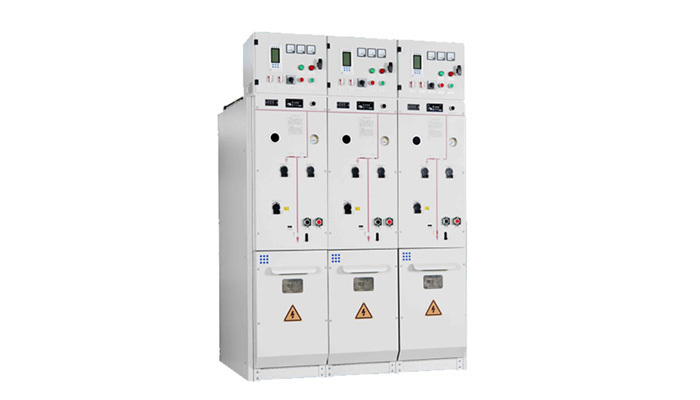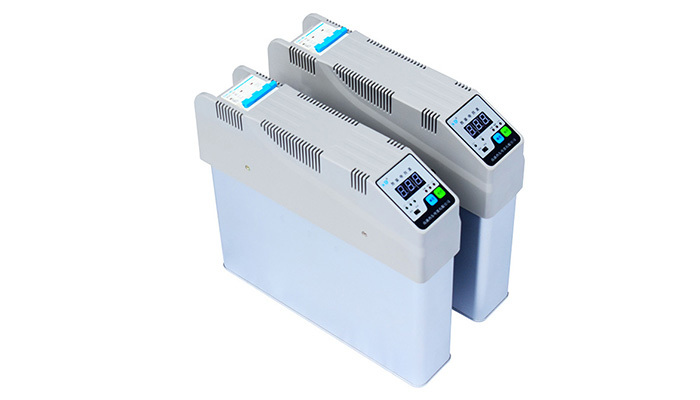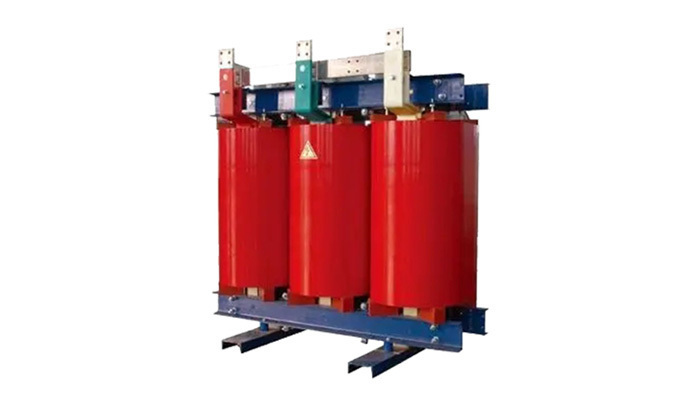Why Prefabricated Substations Are the Future of Electric Supply Systems
Release time:
2025-07-05
Why Prefabricated Substations Are the Future of Electric Supply Systems
Table of Contents
- 1. Introduction to Prefabricated Substations
- 2. What Are Prefabricated Substations?
- 3. Advantages of Prefabricated Substations
- 4. Design and Construction Process
- 5. Applications of Prefabricated Substations
- 6. Sustainability and Environmental Impact
- 7. Cost-Effectiveness and Efficiency
- 8. The Future of Prefabricated Substations
- 9. Frequently Asked Questions
- 10. Conclusion
1. Introduction to Prefabricated Substations
In an era where **innovation** meets necessity, the demand for efficient and reliable power systems has led to the emergence of **prefabricated substations**. These engineered solutions are not just a trend; they represent a substantial shift in how we approach electric supply infrastructure. With increasing energy demands and the push for sustainability, prefabricated substations are becoming a mainstay in power distribution.
2. What Are Prefabricated Substations?
Prefabricated substations are pre-assembled units that house electrical components necessary for power distribution. These units are constructed off-site and transported to their final location for installation. Typically, they include transformers, switchgear, and control systems, all housed within a compact and durable structure designed for various environmental conditions.
Key Features of Prefabricated Substations
- **Modular Design**: The modular nature allows for easy expansion and customization.
- **Quick Deployment**: Rapid installation reduces project timelines and costs.
- **Robust Construction**: Designed to withstand extreme weather and environmental challenges.
3. Advantages of Prefabricated Substations
The advantages of prefabricated substations are manifold. They offer significant improvements over traditional substations in several key areas:
Speed of Deployment
The **rapid construction** and installation of prefabricated substations significantly decrease the time from project conception to operational status. This is especially crucial in emergency situations where power restoration is needed promptly.
Reduced Site Impact
Since prefabricated substations are built off-site, there’s minimal disruption to the local environment. This aspect is particularly beneficial in urban areas where space is limited and construction activities can be disruptive.
Enhanced Safety
The controlled environment of a manufacturing facility allows for higher safety standards during construction. When these substations are transported to site, they arrive ready for installation, minimizing on-site hazards.
4. Design and Construction Process
The design and construction of prefabricated substations involve several critical stages:
Planning and Customization
Every project begins with detailed planning based on specific customer needs and site conditions. Engineers design the substation layout, taking into account space constraints, electrical requirements, and environmental factors.
Manufacturing
Once the design is finalized, the construction takes place in a controlled environment. This stage ensures that quality control measures are adhered to, resulting in a reliable product.
Transportation and Installation
After manufacturing, the substation is transported to the installation site, where it can be quickly assembled and integrated into the existing power grid.
5. Applications of Prefabricated Substations
Prefabricated substations find applications across various sectors, including:
Renewable Energy Projects
As the world transitions towards renewable energy sources, prefabricated substations provide integrated solutions for wind, solar, and hydroelectric projects. Their modular design allows for flexibility in accommodating diverse energy inputs.
Urban Development
In metropolitan areas, where space is at a premium, prefabricated substations offer a compact solution for managing urban energy demands without occupying excessive land.
Industrial and Commercial Use
Industries that require substantial energy consumption, such as manufacturing plants, can benefit from the quick deployment and efficiency of prefabricated substations. These units can be customized to meet specific industrial needs.
6. Sustainability and Environmental Impact
The sustainability of prefabricated substations is a compelling aspect of their design. By minimizing on-site construction waste and employing energy-efficient technologies, these substations contribute to a reduced carbon footprint.
Energy Efficiency
Prefabricated substations can integrate advanced technologies that enhance energy efficiency. Smart grids and renewable energy systems can be incorporated into the design, promoting sustainable energy management.
Lower Lifetime Costs
Sustainability isn’t just about environmental impact; it also includes economic factors. Prefabricated substations typically result in lower lifetime costs through reduced maintenance and operational expenses.
7. Cost-Effectiveness and Efficiency
Cost-effectiveness is a critical consideration for any infrastructure project. Prefabricated substations excel in this regard due to:
Reduced Labor Costs
The off-site construction of these units significantly lowers labor costs since the assembly is streamlined and requires less on-site workforce.
Minimized Construction Delays
With quicker construction and installation timelines, the overall project budget can be maintained, avoiding unexpected costs related to delays.
8. The Future of Prefabricated Substations
As technology advances, the future of prefabricated substations looks promising. Innovations in materials, automation, and smart technology will shape the next generation of substations.
Integration with Smart Grids
The rise of smart grids necessitates adaptable infrastructure. Prefabricated substations are ideally suited for this transition, allowing for real-time data collection and management.
Increased Demand for Renewable Energy Solutions
With the global shift towards sustainability, the demand for prefabricated substations is likely to increase. Their ability to integrate with renewable energy systems makes them essential in future energy strategies.
9. Frequently Asked Questions
What are the main benefits of prefabricated substations?
Prefabricated substations offer rapid deployment, reduced site impact, enhanced safety, and cost-effectiveness, making them ideal for modern power needs.
How long does it take to install a prefabricated substation?
Installation times can vary based on the project’s size and complexity, but prefabricated substations typically allow for quick setups, often within days.
Are prefabricated substations customizable?
Yes, these substations are highly customizable to meet specific electrical requirements and site conditions, ensuring optimal performance.
What environmental benefits do prefabricated substations provide?
They contribute to reduced construction waste, energy efficiency, and lower lifetime costs, aligning with sustainability goals in energy management.
Will prefabricated substations integrate with renewable energy sources?
Absolutely. Prefabricated substations can be designed to work seamlessly with various renewable energy systems, enhancing their functionality and sustainability.
10. Conclusion
Prefabricated substations represent a significant advancement in the electric supply systems of today and tomorrow. Their **modular design**, **efficiency**, and **sustainability** make them a compelling choice for meeting the growing energy demands of our world. As we move into an era focused on renewable energy and smart technology, these substations will undoubtedly play a crucial role in shaping the future of power distribution, ensuring that we are well-equipped to handle the challenges ahead. Embracing prefabricated substations is not simply a choice; it is a strategic move towards a more efficient, sustainable, and resilient energy infrastructure.
Latest information
Get a Free Consultancy
If you have any suggestions, please leave a message or send an email to us.




